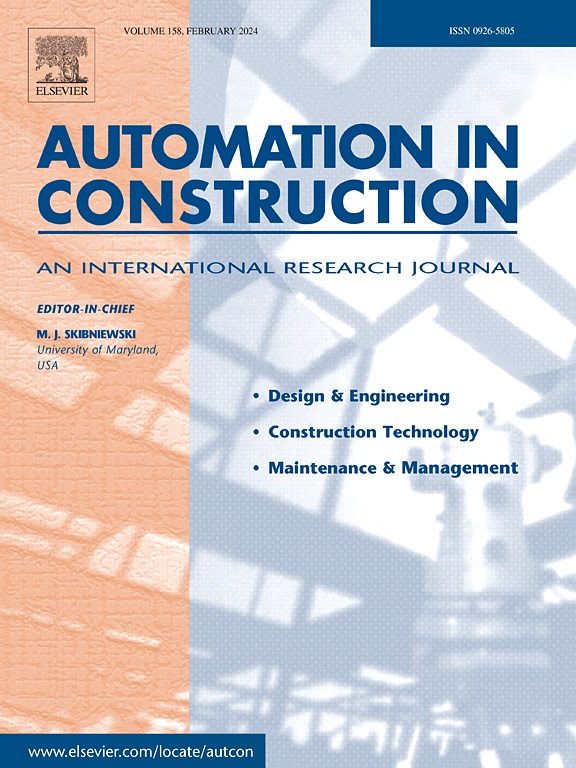在建筑工地使用动力外骨骼的心理生理影响
IF 11.5
1区 工程技术
Q1 CONSTRUCTION & BUILDING TECHNOLOGY
引用次数: 0
摘要
动力外骨骼旨在增强使用者的力量,最大限度地减少身体压力,以防止与工作有关的肌肉骨骼损伤。然而,它们在建筑行业的广泛采用仍然有限,主要是由于其心理生理影响的不确定性,例如潜在的认知超载、信任问题和注意力水平的变化。为了解决这些问题,本文开始实证评估与在施工任务中使用动力外骨骼相关的心理生理风险。创建沉浸式虚拟现实环境,模拟典型施工活动,旨在收集大量高质量的生理数据。随后,开发了心理感知框架来量化工人的认知负荷、信任和警惕性。研究结果表明,动力外骨骼引起了认知负担,在不影响警惕性的情况下,在工人之间培养了不信任。这些发现为在建筑环境中更广泛地实施动力外骨骼提供了强有力的经验基础。本文章由计算机程序翻译,如有差异,请以英文原文为准。
Psychophysiological impacts of working with powered exoskeletons on construction sites
Powered exoskeletons are aimed at enhancing user strength and minimizing physical strain to prevent work-related musculoskeletal injuries. However, their widespread adoption within the construction sector remains limited, primarily due to uncertainties about their psychophysiological impacts, such as potential cognitive overload, trust issues, and changes in attention levels. To tackle these concerns, this paper sets out to empirically assess the psychophysiological risks associated with using powered exoskeletons during construction tasks. An immersive virtual reality environment was created to simulate typical construction activities, aiming to gather large amounts of high-quality physiological data. Subsequently, psychological sensing frameworks were developed to quantify workers' cognitive load, trust, and vigilance. The findings indicated that powered exoskeletons induced cognitive burden, fostering distrust among the workers without affecting vigilance levels. These findings offer a robust empirical basis for the broader implementation of powered exoskeletons in construction settings.
求助全文
通过发布文献求助,成功后即可免费获取论文全文。
去求助
来源期刊

Automation in Construction
工程技术-工程:土木
CiteScore
19.20
自引率
16.50%
发文量
563
审稿时长
8.5 months
期刊介绍:
Automation in Construction is an international journal that focuses on publishing original research papers related to the use of Information Technologies in various aspects of the construction industry. The journal covers topics such as design, engineering, construction technologies, and the maintenance and management of constructed facilities.
The scope of Automation in Construction is extensive and covers all stages of the construction life cycle. This includes initial planning and design, construction of the facility, operation and maintenance, as well as the eventual dismantling and recycling of buildings and engineering structures.
 求助内容:
求助内容: 应助结果提醒方式:
应助结果提醒方式:


